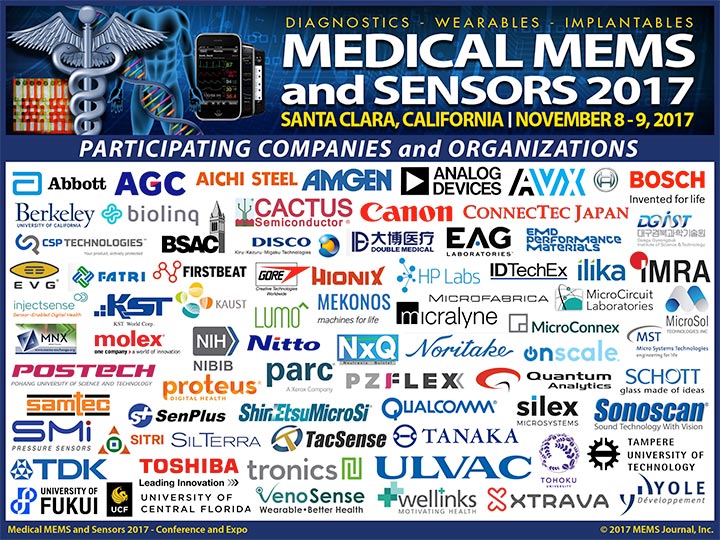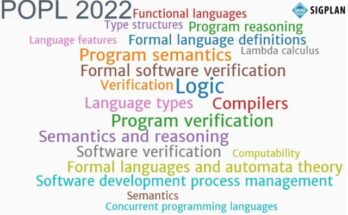- When: November 7-8, 2018
- Where: Biltmore Hotel & Suites, 2151 Laurelwood Road, Santa Clara, CA 95054, USA
- Phone: 408-988-8411
This conference focuses on MEMS and sensor technologies for medical wearables, diagnostics, and implantable applications. The medical MEMS and sensor market size is currently approximately $3.2 billion. Medical MEMS and sensors enable applications where it is advantageous to miniaturize components and systems due to form factor, integration, and cost considerations. Furthermore, many applications are newly enabled by MEMS and micro-sensor technologies and would not be possible at all without miniaturization.
The medical MEMS and sensors market has been rapidly accelerating its development in the recent past due to the increased demands for rapid and minimally invasive tools. Enabled by small and cost effective sensors and micro-components, medical MEMS devices are key enablers for enhancing our quality of life while reducing healthcare costs.
Conference Topics
Diagnostics: portable assaying and sample preparation of blood, urine, cells, tissues, and bodily fluids. For example, microfluidic and lab-on-a-chip devices to diagnose diseases in portable instruments and smaller sized benchtop systems.
Medical wearables: application trends, business and economic drivers, case studies, challenges, and opportunities.
Drug delivery systems: both transdermal and implanted techniques; for example, micro needles that provide convenience and precisely measured amounts of dispensed drugs. Smart, MEMS-based drug delivery systems also enable continual drug delivery monitoring and improve patient compliance.
Digital health: wireless devices, body area networks, online services, genomics, and personal genetic information.
R&D tools: biological arrays and assays to understand the response of cell in vitro to a variety of chemical, thermal and mechanical stimuli.
Surgery and minimally invasive procedures: micro surgical tools as well as neural stimulation and measurement electrodes.
Health screening: preventive monitoring such as early detection of cancer through consumer, over-the-counter devices that are to be used on a day-to-day basis.
Individualized treatment: integration of diagnostics with therapy and treatment on portable, smart lab-on-a-chip devices; for example, treatment specifically based on the exact disease variation as well as the patient genotype and current health factors.
Worldwide healthcare trends: market drivers, demographic factors, government policy effects.
Business aspects: fundraising, reimbursement, technology transfer, regulatory compliance, company formation, recruiting, and market research.
The participating companies and organizations for 2017 event:





